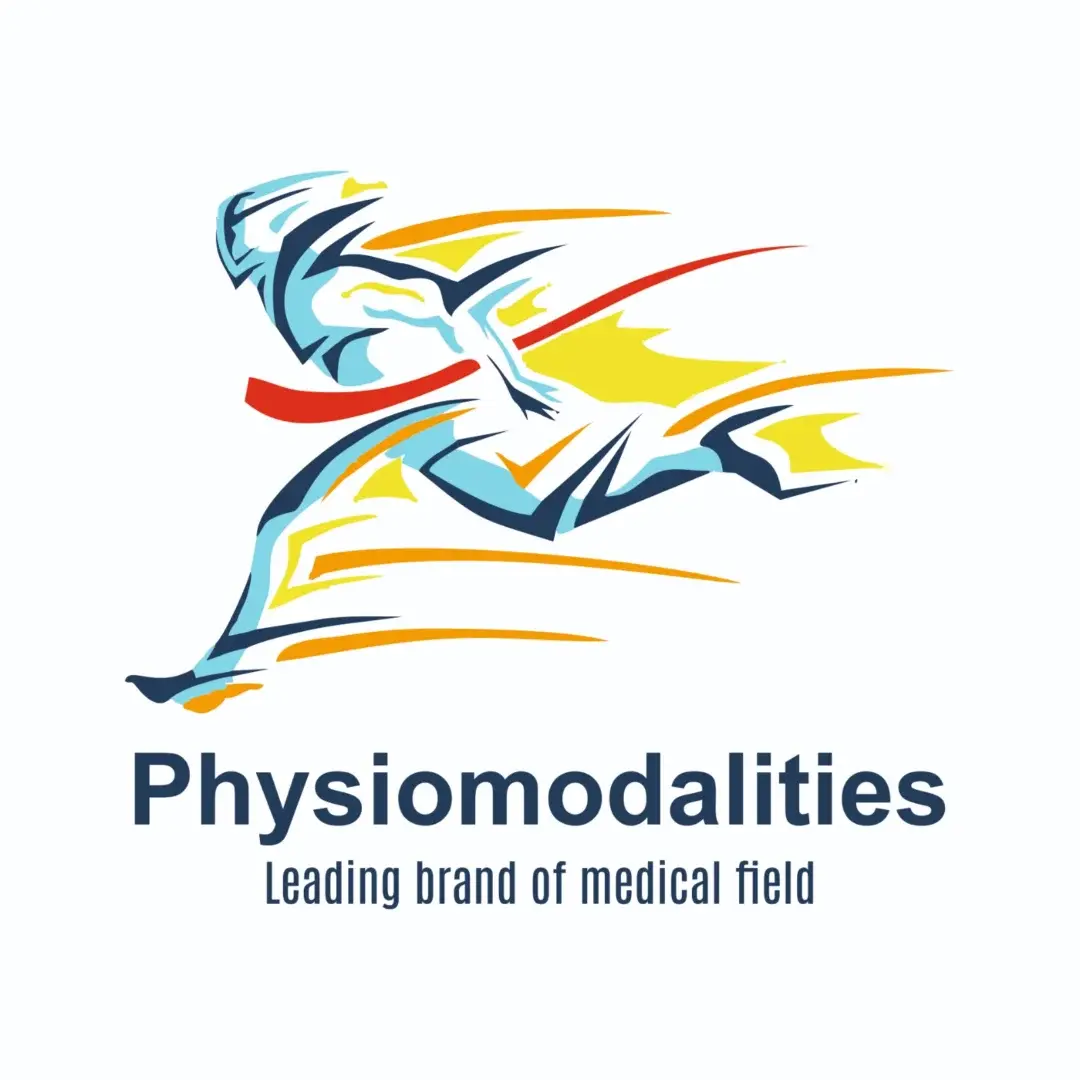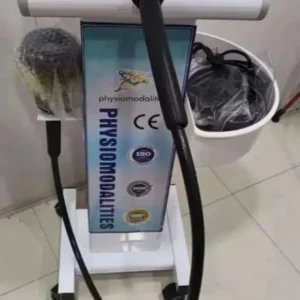TECAR 448K Therapy Unit: A Deep Dive into Therapy
In the world of physiotherapy and rehabilitation, new technologies are reshaping how we approach pain management, healing, and even aesthetic care. One such breakthrough is Tecar Therapy—a cutting-edge physiotherapeutic technique that uses radiofrequency energy to stimulate the body’s natural healing response. At the center of this revolution is the 448K Fever Master, a Tecar therapy unit that harnesses the power of high-frequency energy at 448 kHz, often called the “golden frequency” for human tissue. In this blog, we’ll explore how the 448K Fever Master works, its key modes of operation, specialized accessories, and the wide-ranging benefits it brings—from chronic pain relief to beauty and body shaping treatments. The Core Principle: Endogenous Heat Unlike conventional therapies such as hot packs or infrared lamps, Tecar therapy doesn’t heat the body from the outside. Instead, it generates endogenous heat—heat produced inside the body’s tissues. Here’s how it works: The unit creates a stable electromagnetic field between an active electrode (the probe) and a passive return plate. This causes ions and electrolytes inside the body’s cells to move rapidly. The friction from this movement generates deep heat, stimulating tissue repair and circulation. Because the heat comes from within, it’s more targeted, safe, and effective compared to traditional external heating methods. Two Modes of Operation: CAP and RES 1. CAP (Capacitive) Mode Uses a ceramic or insulated probe. Targets superficial, soft tissues like skin, lymphatic system, and muscles. Best for tissues with high water and electrolyte content. Benefits of CAP Mode: Restores skin barrier and elasticity. Tightens and lifts skin for beauty treatments. Reduces wrinkles and signs of aging. Relieves muscle pain and fatigue. 2. RES (Resistive) Mode Uses a metal or non-insulated probe. Targets deeper tissues with higher resistance, such as bones, ligaments, tendons, and deep muscles. Benefits of RES Mode: Breaks down stubborn fat and accelerates fat metabolism. Reduces chronic pain in deep tissues. Promotes reabsorption of hematomas. Reduces deep inflammation and stiffness. The Fascia Brush and Negative Electrode Beyond its core probes, the 448K Fever Master also comes with specialized accessories that enhance its therapeutic power. Negative Electrode The return plate completes the electrical circuit between the body and the probe. This allows energy to flow smoothly, creating the deep heating effect needed for tissue healing and pain relief. Fascia Brush The fascia brush is designed to target fascia—the connective tissue that surrounds muscles and organs. When fascia becomes tight or stuck, it can lead to pain and restricted movement. The fascia brush: Breaks down adhesions. Promotes tissue absorption. Restores flexibility and reduces pain. Wide-Ranging Benefits of 448K Tecar Therapy The applications of the 448K Fever Master go far beyond simple pain relief. It is widely used in rehabilitation, wellness, and aesthetics. 1. Physical and Rehabilitation Benefits Pain Management: Reduces pain perception and boosts endorphin release. Accelerated Healing: Improves blood circulation and speeds recovery from injuries. Muscle & Joint Relaxation: Relieves stiffness and improves mobility. Expelling Cold and Dampness: Aligns with traditional Chinese medicine principles, warming the body and reducing cold-related conditions. 2. Aesthetic and Body Shaping Benefits Facial Beauty: CAP mode helps with skin tightening, lifting, and restoring glow. Fat Reduction: RES mode targets deep fat layers and promotes metabolism. Postpartum Rehabilitation: Helps new mothers regain body shape and address post-birth issues like abdominal relaxation. Conclusion The 448K Fever Master Tecar Therapy Unit is much more than a physiotherapy tool—it’s a comprehensive health and beauty solution. By combining endogenous heating with dual CAP and RES modes, plus innovative tools like the fascia brush, it provides: Faster recovery from injuries. Effective pain management. Improved mobility and circulation. Non-invasive solutions for beauty and body shaping. This advanced technology shows how modern physiotherapy is evolving—blending science, wellness, and aesthetics into one powerful therapy. Whether for pain relief, rehabilitation, or beauty care, the 448K Fever Master is truly a master of deep healing.
TECAR 448K Therapy Unit: A Deep Dive into Therapy Read More »


